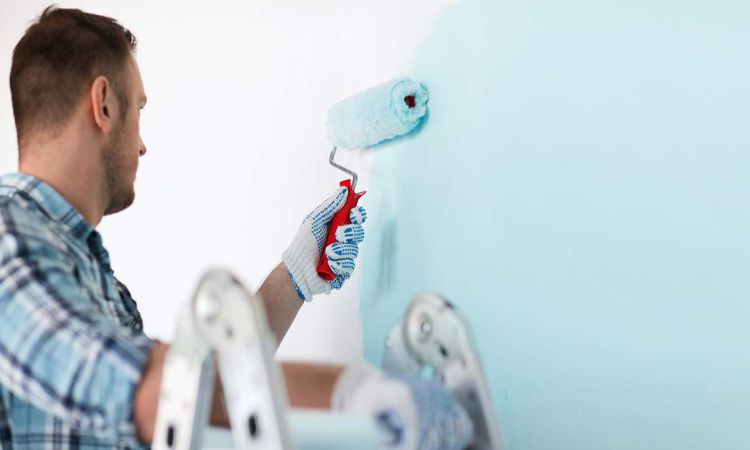 Exterior house paint colors can change your mood, affect the price of your house, and even attract bugs.
Exterior house paint colors can change your mood, affect the price of your house, and even attract bugs.
Painting the exterior of your home is one of the most effective and cost-efficient ways to upgrade curb appeal. It revamps the overall look and feel of your home without any permanent changes.
Anyone can paint a house, right? Not exactly.
There are certain mistakes to avoid when exterior house painting. Paint colors and techniques don’t just happen. Practicing proper planning can ensure your new exterior house paint won’t blend into the wood and fade away.
We’re here to help. This guide outlines common mistakes to avoid when painting the exterior of your house.
-
Not Power Washing The Surfaces Beforehand
It is important to power wash the exterior of the house to remove dirt, grime, and mildew. This will help ensure that the paint adheres to the surfaces properly and a better-quality job is done. This will also help the paint last longer and look beautiful for years to come.
It is also important to make sure to clean off any difficult-to-remove stains as well before painting. A high-pressure power washer is an effective tool to allow this to take place. Additionally, quality cleaning solutions will provide the added benefit of killing mildew.
-
Not Taking The Necessary Safety Precautions
It is essential to take protective measures when tackling an exterior painting project. This means wearing the appropriate gear such as safety glasses, gloves, and a mask to prevent inhalation of paint fumes. If at any point during the painting, the ladder feels unsteady, the painter should not risk their safety by continuing.
It is important to avoid overreaching and instead use several ladders to reach difficult spots properly. In addition, it is advised to work with a partner to ensure optimal safety when working on tall projects. The partners can hold the ladder in place and also safely access materials and tools.
-
Skipping Primer
Primer is an essential part of the painting process since it not only provides a stable base for the paint but also helps to reduce fading, cracking, and peeling of the paint. Without primer, your paint will be vulnerable to the elements, allowing moisture and dirt to seep in and cause damage.
Proper priming is a must if you want to protect your house from harsh weather conditions and keep the paint looking vibrant for longer.
Visit https://gilbertpaintingservice.com/ today for detailed guidance and services for your house painting needs.
-
Not Caulking Gaps And Cracks
Caulking should be used to fill in any gaps or cracks that may have appeared in the wall or trim of the home in order to block out air or moisture. This will create a much smoother surface to paint, promoting a higher-quality look.
Additionally, long-term consequences can arise if the gaps and cracks are left uncaulked. Unfilled gaps and cracks in the home exterior create spaces for pests to gain entry into the home, as well as a breeding ground for mold and mildew.
Choosing the Right Color Scheme for Your Exterior House Painting
Before proceeding with exterior house painting, proper preparation is key to achieving a successful result. Careful attention must be paid to the type of paint used, the steps taken to protect the house, and the methods used to clean the surface.
Avoiding common mistakes can help create a beautiful and lasting paint job. Get your project started today by contacting a professional painter!
For more home and lifestyle advice, visit the rest of our blog.




